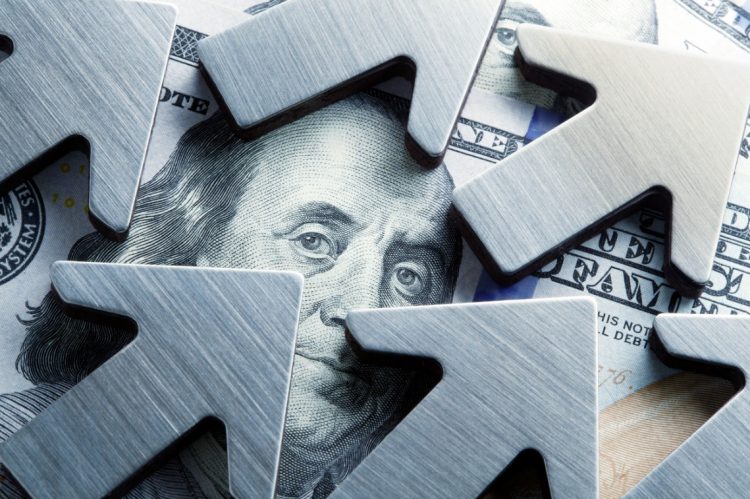The latest personal consumption expenditure (PCE) index—the Fed’s preferred inflation measurement—shows personal spending grew by 0.1% in May, marking the fifth consecutive month of increases after posting a revised 0.6% growth in April.
Reading Time: 2 mins read

Paige Brown
As Managing Editor, Social Media & Blog, Paige oversees RISMedia’s social media editorial and creative strategy, as well as managing content for the Housecall Blog, ACESocial and other editorial projects. She also helps develop marketing materials, email campaigns and articles for Real Estate magazine. Paige graduated from Central Connecticut State University with a B.A. in Journalism and Public Relations.
Related Posts
Leave a Reply Cancel reply
Fact: Member Agents Win 60% More Listings.*
Homes.com gives Members massive amounts of exposure. Your contact info is always on your listings, and your listings are targeted and retargeted to interested buyers across the web. Join today!
*Based on internal analyses comparing Members to non-Members on Homes.com.
Business Tip of the Day provided by
Categories
The Most Important Real Estate News & Events
Click below to receive the latest real estate news and events directly to your inbox.
By signing up, you agree to our TOS and Privacy Policy.











